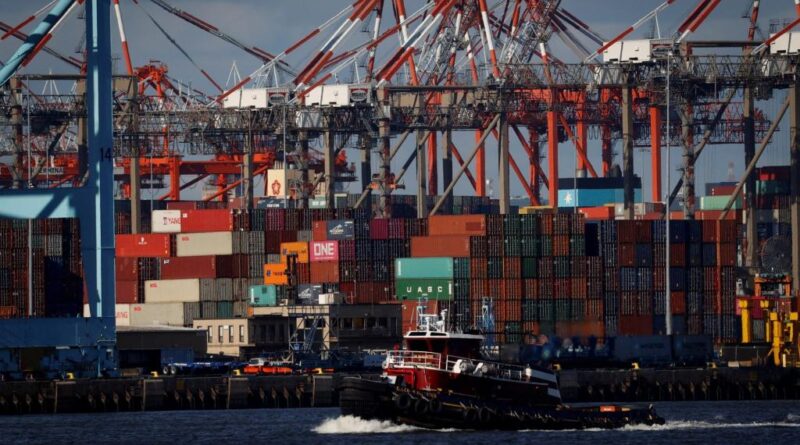Longshoremen’s strike presents a new challenge for the US economy

There is a looming strike for East and Gulf Coast dockworkers set to begin at 12:01 a.m. on Tuesday, affecting 36 ports from Maine to Texas that handle about one-half of US ocean imports. This strike could result in a reduction of US economic activity by $4.5 billion to $7.5 billion per week if the closures are prolonged.
The central demand of the International Longshoremen’s Association is a total ban on automation involving cranes, gates, and the loading and unloading of freight containers. This demand would leave US ports behind while the rest of the world embraces automation.
Despite the benefits of robots in dock-cargo work, the union seeks to stifle innovation that could make processes more efficient and cost-effective.
Last September, West Coast longshoremen negotiated a 32% pay increase to avoid a strike. However, West Coast ports cannot make up for the potential shutdown of East Coast ports, particularly with global shipping already facing challenges from attacks in the Red Sea.
An ILA dockworker walkout could impact the US economy, increase inflation, lead to empty store shelves before the holiday season, and delay US exports.
The Biden-Harris administration faces a dilemma in dealing with the potential strike, as reaching a compromise to avoid automation could lead to inflation. It remains to be seen if President Biden will use the Taft-Hartley Act to intervene, as President George W. Bush did in 2002.
Biden’s pro-union stance may have contributed to the willingness of the ILA to go on strike. Perhaps Vice President Harris could play a role in resolving the standoff, using her background as a middle-class individual to connect with the dockworkers.



